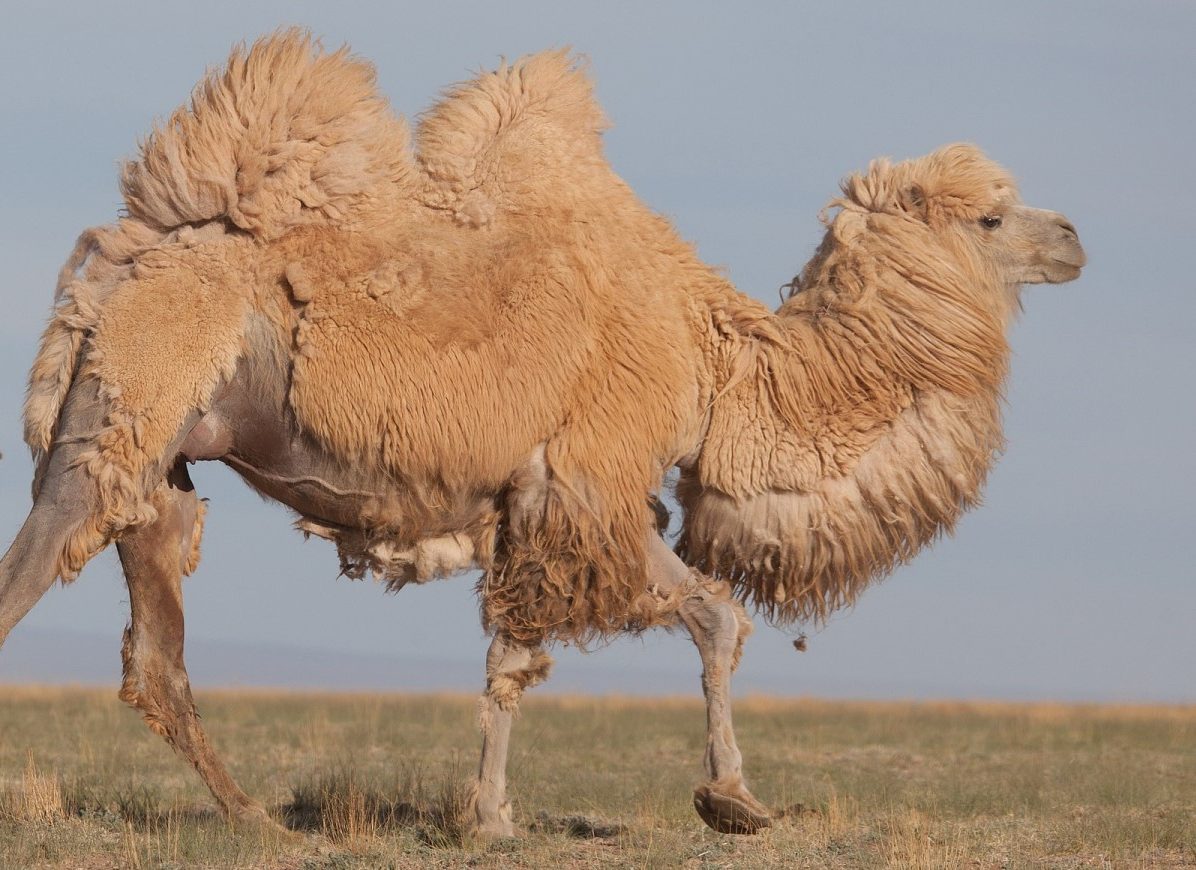Hello everyone! We survive
So, the website was hacked. Nothing was stolen, from what I was told they were just able to delete the website. Thankfully we back up, so...

Initially suggesting a 100% protected national park across the country (in 1990 on its independence), it was then suggested that they should aim for 30%. The achievement so far has been of the order of 13.8 percent covering an area of 215,200 square kilometres (83,100 sq mi) spread over 60 protected areas (so far from the target, but much of the country is unused, suggesting that there is still space to extend protected areas enormously.
There are a wide array of species which need to be protected with 139 species of mammal and 448 species of bird
Some of the more noteworthy mammal species include gray wolves and Siberian ibex, as well as more endangered species such as the wild Bactrian camel, the snow leopard, the Gobi bear, (rarest and unique to the desert region), the takhi (both wild and domestic types of horses) and the Asiatic wild ass (the largest numbers in the world are found in the Gobi desert). There are also many birds of great interest. Over time, these links below will be fleshed out, into pages of their own.
There are four categories of protected areas:
National reserves
the national parks, with their historical and educational interest providing for ecotourism in identified areas and with limited access to the local nomads for fishing and grazing
Natural and historic monuments with restricted developmental activities
Hello everyone! We survive
So, the website was hacked. Nothing was stolen, from what I was told they were just able to delete the website. Thankfully we back up, so...
A recent study has showed that over the last 20 years, an area of rainforest the size of France has naturally regenerated.
This is not an insignificant area of land,...